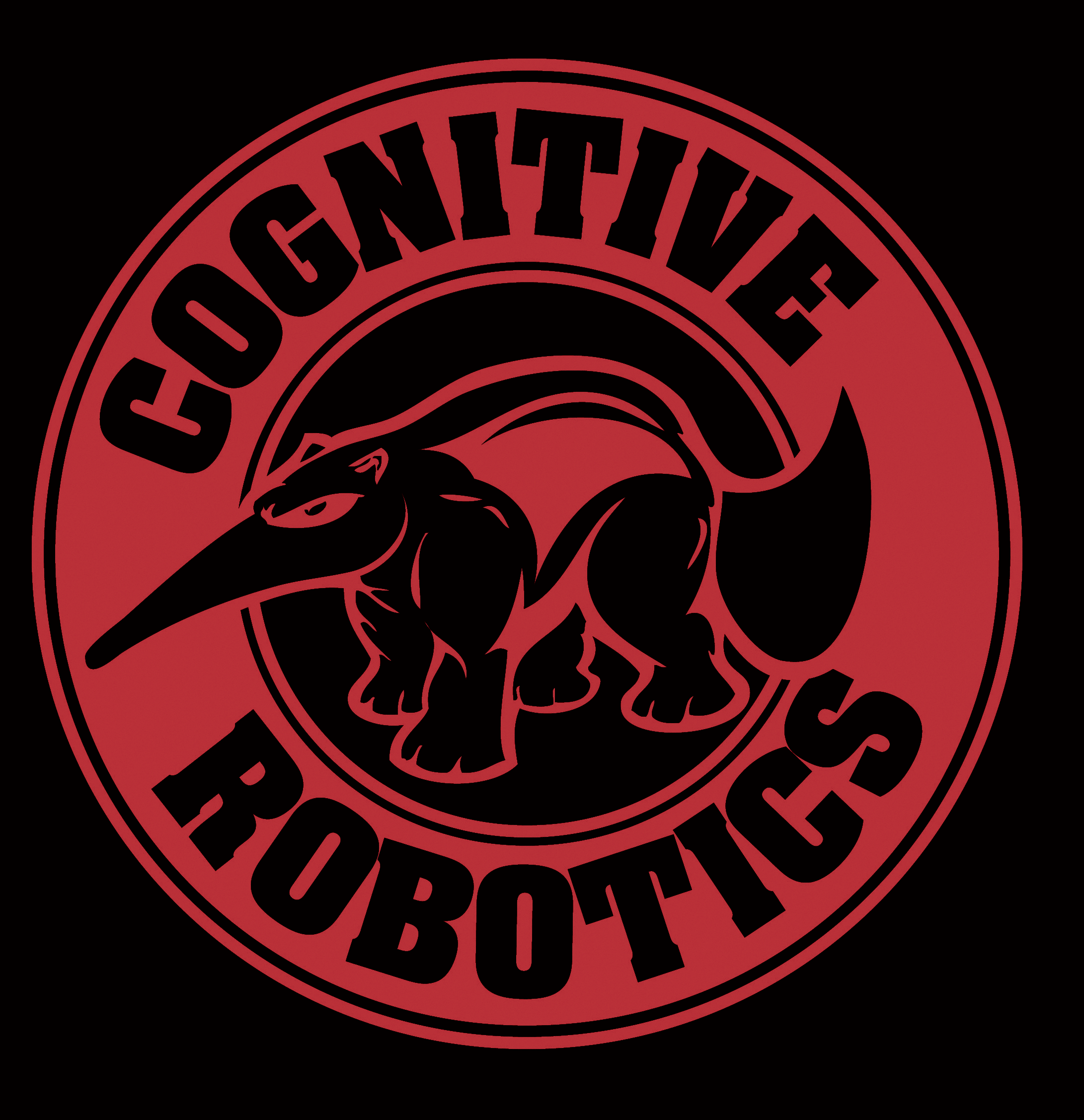`
^Class CpuSNN
Class CpuSNN contains all of CARLsim's core functionality.
^Class SpikeGenerator
Class SpikeGenerator can be used for fine-grained
control over spike generation, using a callback mechanism. This allows for the specification of
individual spike times per neuron in each group.
^Class ConnectionGenerator
Class ConnectionGenerator can be used for user-defined
synaptic connectivity, using a callback mechanism. This allows for arbitrary and flexible connectivity.
connectivity
^Class SpikeMonitor
Class SpikeMonitor can be used to create a custom
spike monitor.
^Matlab scripts
In order to easily analyze the simulation results, we provide a number of Matlab
scripts, which can be found in the scripts directory within the CARLsim
software package.
However, please note that Matlab is not necessary to run the simulator.
In general, any program can be used to analyze the simulation results. The Matlab
scripts are provided for demonstration purposes and can easily be translated to the
user's preferred analysis tool.
- scripts/common/: Contains common Matlab scripts that work
with any experimental setup or network.
- scripts/colorblind/: Contains scripts for the colorblind experiment.
- scripts/colorcycle/: Contains scripts for the colorcycle experiment.
- scripts/orientation/: Contains scripts for the orientation experiment.
- scripts/rdk/: Contains scripts for the RDK experiment.
- rdk.m:
Generates the RDK response.
- scripts/v1MTLIP/: Contains scripts to analyze the cortical model of
pattern motion selectiviy (consisting of simulated areas V1, MT, and LIP), which can
be found in /examples/v1MTLIP in the CARLsim software package.
- makeBarSpeed.m:
Creates the bar stimulus used in the speed tuning experiment.
- makeGratingContrast.m:
Creates the grating stimulus used to generate the contrast sensitivity curve.
- makeRDK.m:
Creates the RDK stimulus used in the motion discrimination experiment.
- makeTuningGrating.m:
Creates the sinusoidal grating stimulus used in the direction tuning
experiment.
- makeTuningPlaid.m:
Creates the plaid stimulus used in the direction tuning experiment.
- plotGratingContrast.m:
Plots the contrast sensitivity function that is produced when the v1MTLIP network is run
with the stimulus created by makeGratingContrast.m.
- plotGratingPlaid.m:
Plots the direction tuning curves for drifting graid and plaid stimuli, when
the v1MTLIP network is run with a stimulus created by
makeTuningGrating.m and makeTuningPlaid.m.
- plotGratingPlaidCorrelation.m:
Computes and plots the pattern index for MT CDS and PDS cells, when
the v1MTLIP network is run with a stimulus created by
makeTuningGrating.m and makeTuningPlaid.m.
- plotRDKdecision.m:
Plots the psychometric and chronometric function of the random dot kinematogram (RDK)
motion discrimination task, when the v1MTLIP network is run with a stimulus created by
makeRDK.m.
- plotSpeed.m:
Plots the speed tuning curve when the v1MTLIP network is run with a stimulus created by
makeBarSpeed.m.
- projectV1toMT.m:
Generates projection weights from V1 to MT, such that neurons in MT are
selective to a particular speed.
|

